The environment as the third teacher
This notion of using the environment to extend and challenge children’s learning was first introduced by Reggio Emilia. Other educators such as Maria Montessori emphasized on an environment that nurtures children’s independence through child-sized furniture and thoughtful placement of materials at the child’s level, readily accessed when needed to. All of these values have helped shaped many of the classrooms in early childhood environments.
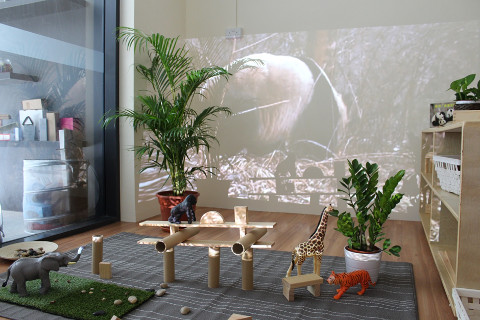
At EtonHouse, great emphasis is placed on the planning and development of respectful, engaging, meaningful and innovative learning environments that reinforce our inquiry based philosophy of teaching and learning. There has been a conscious effort to include elements of nature, light and reflection in our learning environments. All of these served to deepen children’s thinking and create complexities in their learning.
Taking the values from above, how can parents create innovative learning spaces for children at home?
1. Declutter
It is great for children to have choices but overwhelming when children have too many. Create a storage system with clear plastic containers. Label the containers and sort all the different resources you have. It may be an intensive one-off exercise but definitely worth the effort in the long haul.
2. Listen to and observe your children
Find out what their interests are. What are they curious to find out about? Then create learning spaces that are responsive to these interests and curiosities. Be prepared to make changes to learning spaces that are not working out as planned.
3. Be intentional
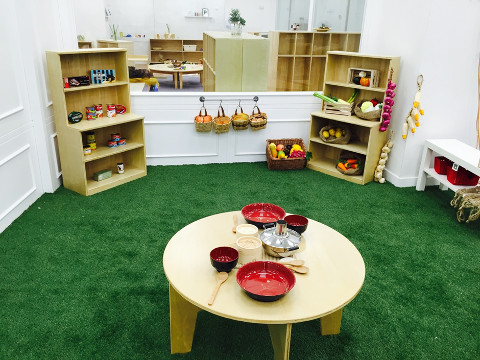
Every learning space and every resource should serve a purpose. Ask yourself, “What is the purpose… (of this or that)?” Our respect for spaces and materials serves as a role model for children. Similarly, clutter communicates the lack of it. Support your child as they help to clean up the space after use. It is important for children to know where things go.
At EtonHouse Bilingual Pre-school, our Mandarin cultural room features a strong learning environment for children to experience the beautiful Chinese culture and tradition. Art pieces, pretend play props and other learning resources are specially curated for children to be immersed in the Mandarin culture.
4. Use open-ended resources
Let children’s creativity and imagination fuel the play. Be inventive with recycled materials. In Reggio Emilia, the placement of resources in a thoughtful way is called a ‘provocation’, because it provokes wonder, imagination, amazement and curiosity in a child.
5. Makes spaces magical
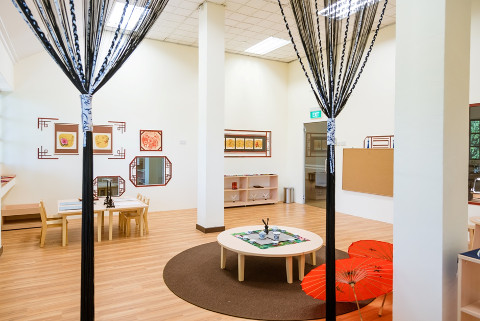
Add a mirror where children construct with blocks to allow children to view from multiple perspectives. Create a hanging drape with fabric to partition a cosy nook. Throw in a string of fairy lights to illuminate the space. When a learning space is lovingly and meaningfully set up, children can certainly be engaged in purposeful play for long periods of time. Give these ideas a go in your home and catch your child learning from their new spaces!
Photos courtesy of EtonHouse Bilingual Pre-school, Singapore
By Ng Shu Ping
Shu Ping began her professional career in business development and marketing communication but with a strong passion for working with children, she moved on to obtain her Graduate Diploma of Early Childhood Education from Monash University, Melbourne. She started as a teacher but soon rose up to a leadership role in EtonHouse Vanda in 2008. In 2014, she headed the pre-school to achieve the Outstanding Centre for Teaching and Learning Award from Singapore’s Early Childhood Development Agency (ECDA).
This article was first published in The New Age Parents e-magazine
If you find this article useful, do click Like and Share at the bottom of the post, thank you.
Like what you see here? Get parenting tips and stories straight to your inbox! Join our mailing list here.












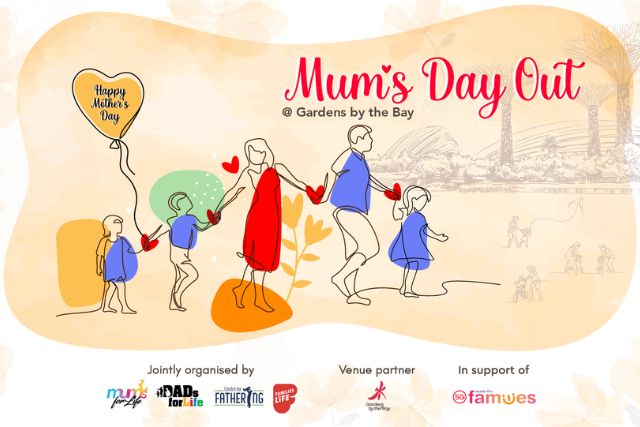







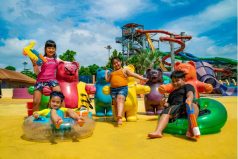
















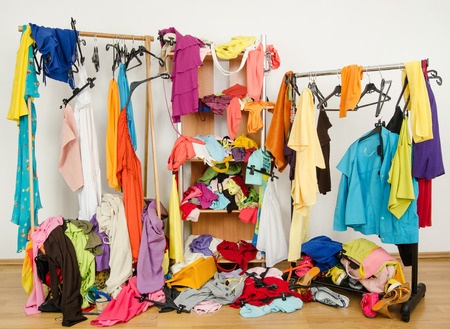
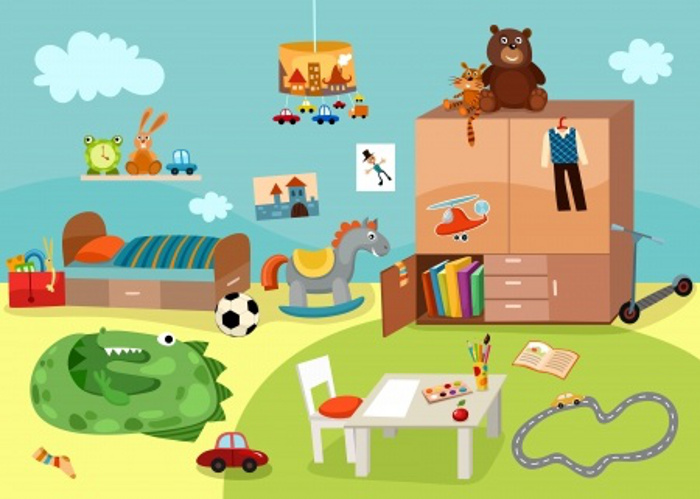
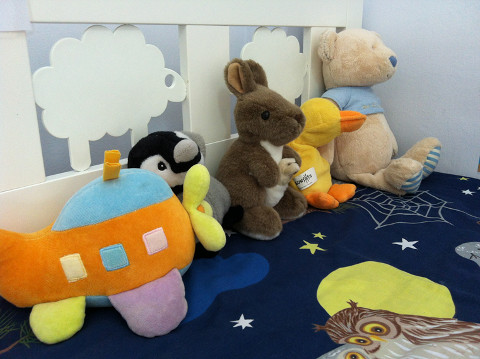
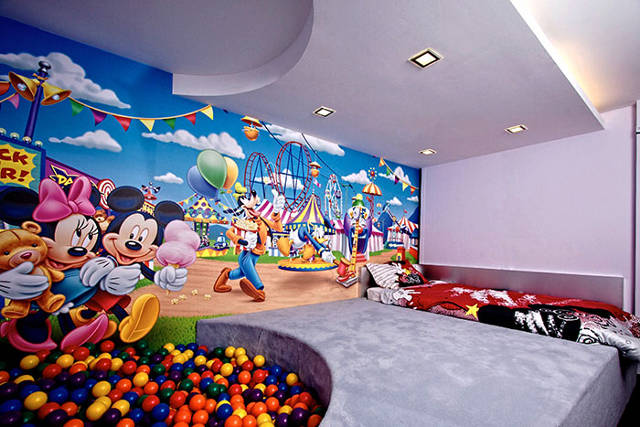
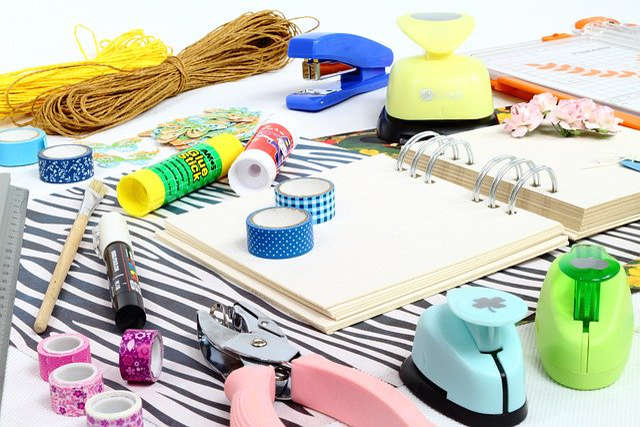
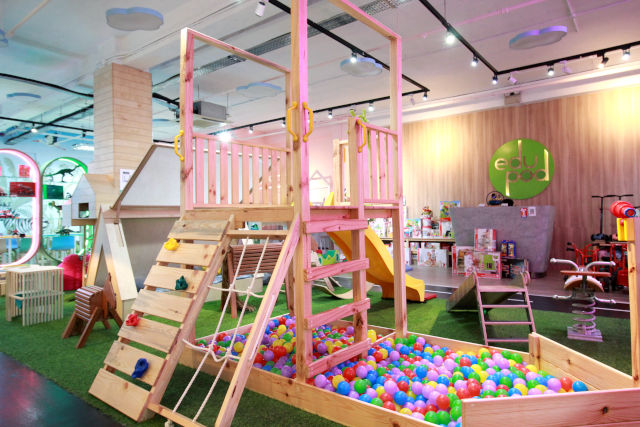
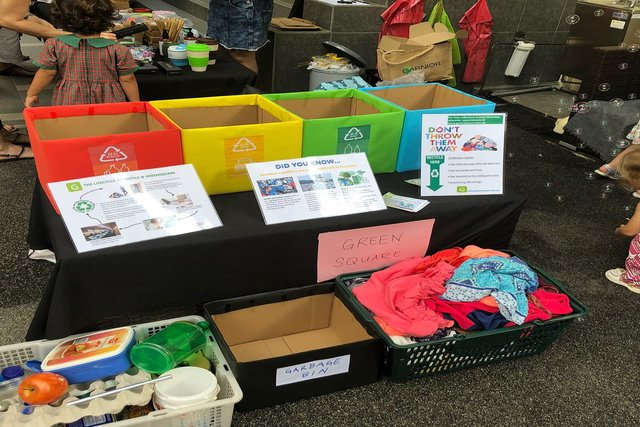
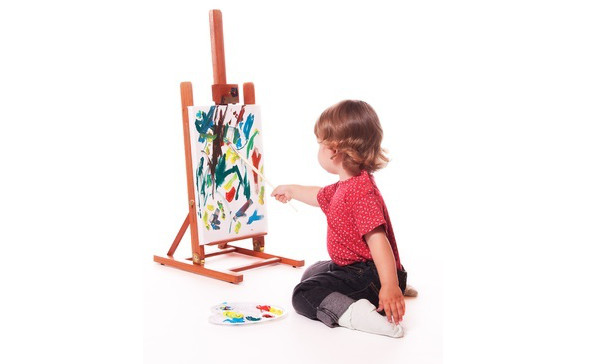
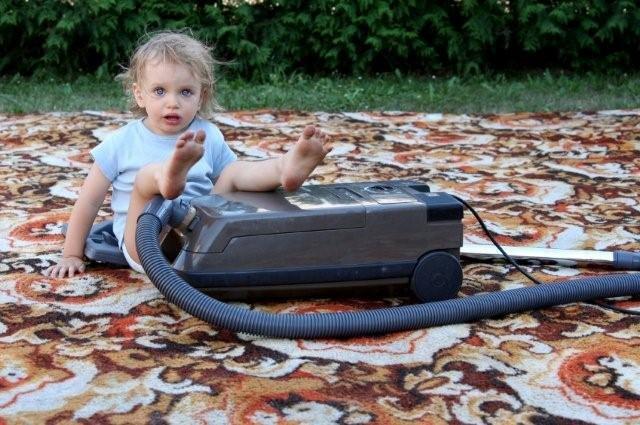


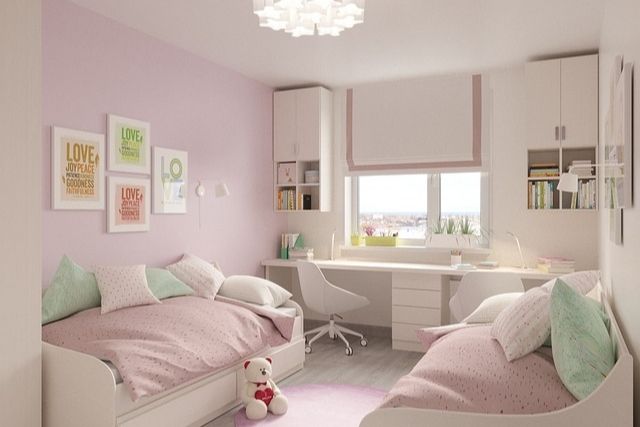
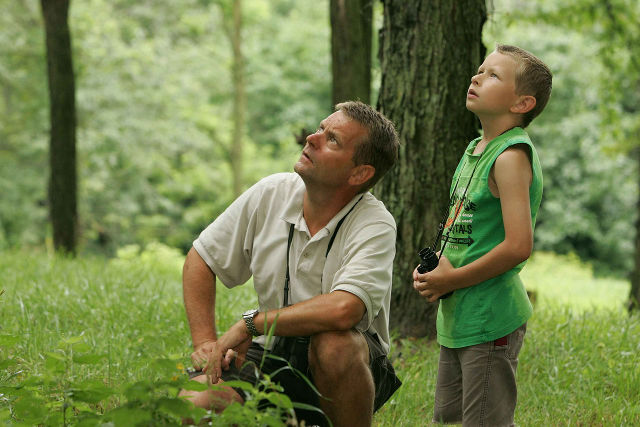







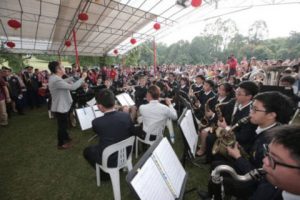

Leave a Comment: